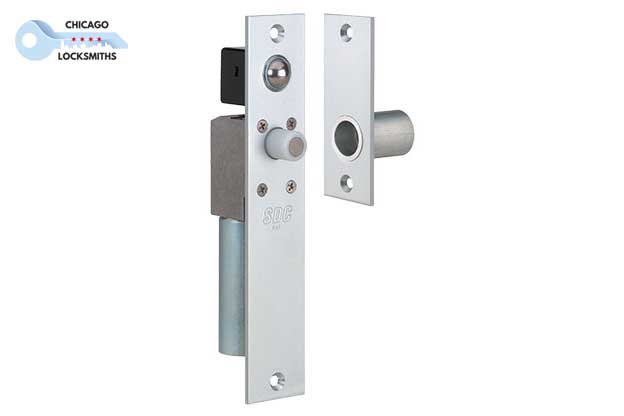Failsafe and fail secure locks are two different types of hardware that get installed at buildings depending on their variety of security need. Here’s a guide to the difference between failsafe and fail secure locks, as provided by the lock installation experts at Chicago Locksmith. By ensuring that you have the proper door hardware in place, you will bolstering the security that your existing access control system provides you with.
Fail Secure Locks
Fail secure locks automatically go into locked mode in the event of power loss. They require power in order to lock or unlock. These locks are the kind that are usually used in the majority of access control systems. Fail secure locks ensure that your doors are unlocked unless the power line is interrupted for some reason. Consider these locks the type that makes sure that your equipment, inventory, or belongings are protected from all intruders in the event of a power outage. These locks are ideal for doors protecting areas that have high value equipment like inventory rooms or rooms that house IT equipment or secure documents. In the event of a power outage, these doors will automatically lock, preventing the possibility of unauthorized criminal entry.
Failsafe Locks
Failsafe locks do the opposite of fail secure locks – they automatically open in the event of power loss. These locks require power in order to go into locking mode. These locks are usually used in settings where individuals might need to make rapid emergency exits, like in stairwells or fire exit doors. When activated with power, these doors will remain locked. These locks are meant to ensure that nobody will be placed in danger by being locked in during power outage. All fire exit doors need failsafe locks – and cannot have fail secure locks installed.
Deciding Between Failsafe and Fail Secure Locks
You need to consider a few options when determining if you need failsafe or fail secure locks. First, would a locked door cause danger to people during a power outage? Does an unlocked door place valuables under risk of burglary? Is this door a egress door, like a fire exit? Or is it a storage or inventory room? Consider your energy usage needs – failsafe locks need constant power to stay locked, hence their higher budget.

